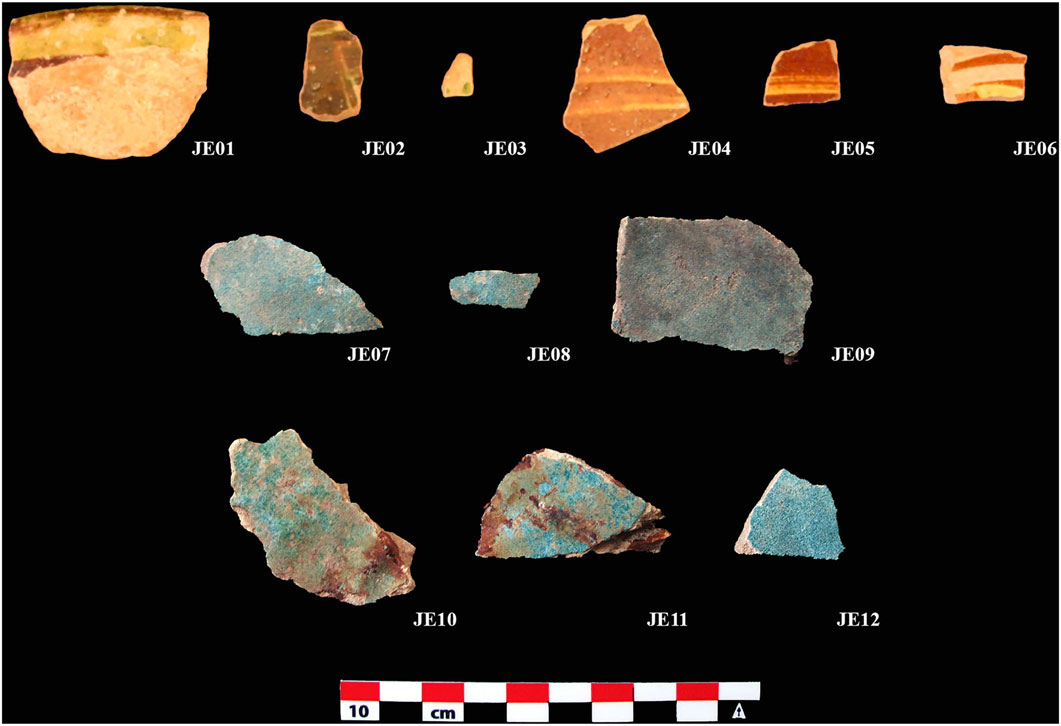The technology and production of glazed ceramics from Middle Islamic Jerash
New publication by Professor Rubina Raja, Professor Achim Lichtenberger (Westfälische Wilhelms-Universität Münster) and Carmen Ting (University of Cyprus).

Ting, C., Lichtenberger, A. & Raja, R. (2019). "The Technology and Production of Glazed Ceramics from Middle Islamic Jerash, Jordan", Archaeometry, DOI: https://doi.org/10.1111/arcm.12489.
Abstract
Jerash in northern Jordan was, despite a focus on its classical heritage, also active in the Middle Islamic period, but little is known about actual developments during this period. This study represents the first study on the Middle Islamic glazed pottery from the site using scanning electron microscopy energy-dispersive spectrometry (SEM-EDS) and thin-section petrogra-phy. The results show that two production traditions existed, each with different provenances. The local production is characterized by a non-calcareous ceramic body and the use of a high-lead glaze coloured with iron and copper oxides, whereas the turquoise-glazed samples, likely imported from Mesopotamia, have a calcareous ceramic body and alkali or alkali-lead glaze.
